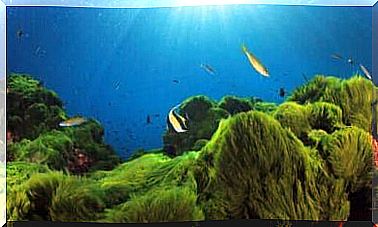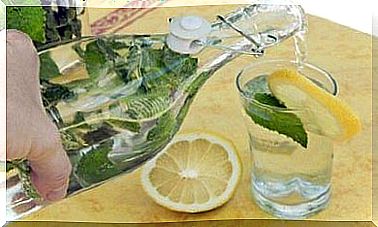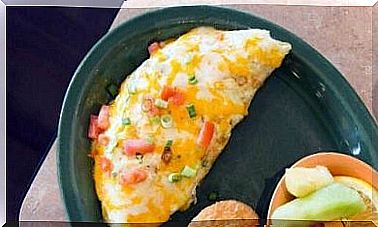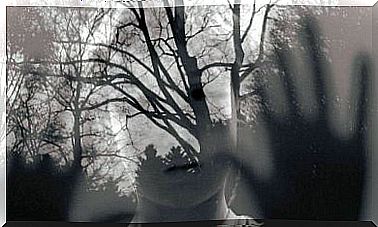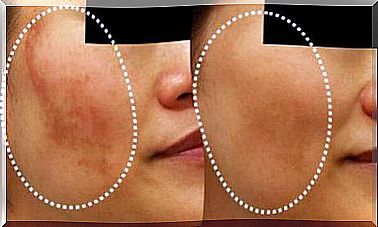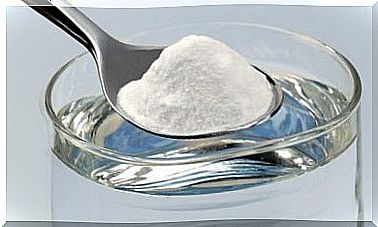Vanilla Extract And Essence: What’s The Difference?
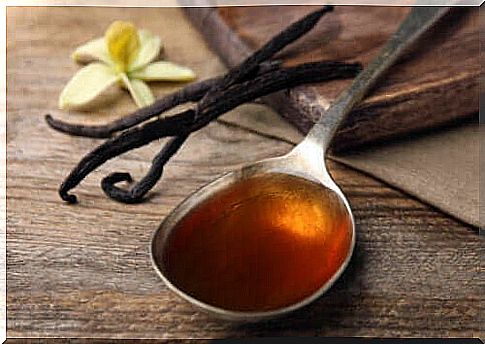
Vanilla is one of the best known, most appreciated and used seasonings in the world. However, before you start using it, we would like to provide some information. Indeed, two of its forms are confused. Therefore, we will explain to you the difference between extract and essence of vanilla.
We find it helpful to know the features of both products. This way you choose the most suitable option and you always know exactly which product is best for the recipe you want to make.
An introduction to vanilla
Vanilla is one of the most widely used spices in the world. It has about 200 volatile compounds that give it a wide variety of aromatic profiles. These differences depend on the variety and type of cultivation.
The first people to cultivate vanilla were the Totonac Indians of Mexico, for whom it was a cultural symbol. They sent it to the Aztecs, who used it to flavor chocolate drinks.
The natural presentation is the fruit of the plant in the form of a pod, even though it is scarce and expensive. That is why the industry has responded to the interest in developing a cheaper and easily available version: artificial vanilla or essences.
Today we also add it to dairy products, such as yogurt or ice cream, to make creams and as a flavoring in many manufactured products. Who can imagine a world without these delicious products?
How is vanilla obtained?
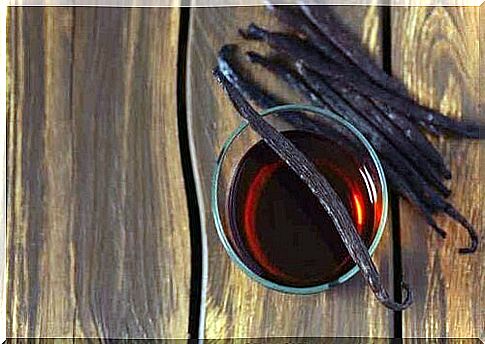
Real vanilla comes from the flower of an orchid: the Vanilla planifolia. It is native to Central America, from where it spread to Europe. The French then introduced it to the African islands in the Indian Ocean which are the main suppliers today:
- Madagascar
- reunion
- the Comoros
The fruit in the form of a pod has a ripening period of 6 to 9 months after pollination. The pod usually measures about 20 centimeters at harvest. Inside are thousands of seeds surrounded by various nutrients such as sugars and fats as well as amino acids and phenols.
The pods are harvested while they are still green. To obtain vanilla pods, the most common form on the market, it is subjected to a three-stage processing process:
- In the first phase, the pickers expose the pods to high temperatures using solar heat, immersion in boiling water or steam.
- Then they are put in the sun to dry and cover the pods with a cloth at night. The heat evaporates some of the moisture from the pod and also inhibits microbial growth.
- During the third stage, the harvesters straighten and smooth the pods by hand and allow it to dry for a few weeks. After that, there is a necessary maturation period during which it acquires a more pronounced taste and aroma. In Madagascar, for example, they keep the pods for 40 days. In Mexico, however, they keep it for a few months.
How is vanilla extract obtained?
To obtain vanilla extract, manufacturers use the original fruit of the plant as a starting point. They grind the pods in a mixture of ethyl alcohol and water. In this way, all the compounds and aromas of the pod get into the liquid. Vanillin is one of the most powerful flavors and aromas.
It is a pure product and manufacturers only use the required amount of liquid to extract the active ingredients from the pods. Aging allows it to develop a more complex and deep flavor.
There are specific regulations that allow the control of the quality of the vanilla extract. In the United States, for example, it must contain a minimum of 35% alcohol and about 400 grams of vanilla seeds per 4 liters.
The FDA also regulates the possibilities of adding additional ingredients such as sugar, dextrose or glycerine. Only the products produced according to these regulations may have ‘vanilla extract’ on the label.
How is vanilla essence obtained?
Manufacturers also prepare synthetic essence from vanilla. It is a product that imitates the aroma and taste of the fruit, but is not directly derived from it.
Vanillin is the main ingredient in the flavor of the beans. When obtaining synthetically, manufacturers use other substances, such as pine bark, clove oil, lignin or rice bran. Manufacturers also use other ingredients such as water, ethanol, emulsifiers and chemical extracts.
The main differences between extract and essence of vanilla
At first glance, it’s hard to tell them apart and to know which one is best for each recipe. However, their origin, their possible applications and the final price are very different. We’ll tell you more about it below.
The price
Obtaining vanilla in the traditional way is a very labor-intensive process. The growers pollinate each flower by hand and have to let the pods dry after harvest. This process can take weeks to months.
In addition, few regions are very suitable for the cultivation and production of vanilla. For these two reasons, the high cost of both vanilla extract and essence as well as the natural vanilla pods are easy to understand. As a result, most of the vanilla products that people consume around the world today are synthetic.
The origin of vanilla extract and essence
As we described when we explained the production process, the process of obtaining vanilla extract and essence is very different. While one is a natural derivative, the other is a synthetic imitation of the main ingredient.
The uses of vanilla extract and essence
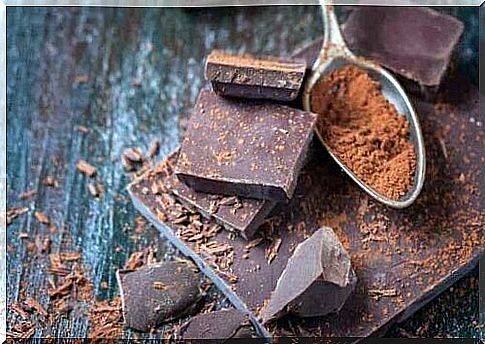
Manufacturers use both extract and essence of vanilla to make products, but given the difference in price and quality, these can significantly alter the result. The food industry uses vanilla essence in the production of products such as:
- chocolates
- sweets
- cookies
- breakfast cereals
However, if the goal is to obtain higher quality products or products in which vanilla is one of the main protagonists, it is best to go for vanilla extract. Ice cream and yogurt manufacturers in the United States must use natural extracts in their preparation or they cannot call their products “vanilla”.
Vanilla extract and essence in gastronomy
There are clear differences between extract and essence of vanilla. What sets them apart is the superior quality, taste and smell of the extract over vanilla essence. Therefore, it is usually best to use the extract when you need a small amount.
There are also other ways to use this valuable spice in the kitchen. Chefs and home cooks can substitute vanilla extract and essence with the pulp of the bean or with pure vanilla powder.
Given the high cost of the extract and the potential difficulty of finding it in stores, you can even make it at home from vanilla pods and alcohol.
Although it is mainly used in recipes and sweet preparations, it is never too late to experiment in the kitchen and introduce this delicate spice to meat, fish and other salty dishes.

